Platelet-Rich Plasma (PRP): An Overview of Skin Rejuvenation
At Flawless Aesthetics, we understand that many individuals seek gentle and non-surgical approaches to support their skin’s natural renewal. Platelet-Rich Plasma (PRP) is one such option that uses components from your own blood under professional supervision. This article provides general information about PRP and the principles behind its use in cosmetic skin treatments.
What Is Platelet-Rich Plasma (PRP)?
Platelet-Rich Plasma (PRP) treatment involves using a small sample of your own blood, which is processed in a clinical setting to concentrate platelets within the plasma. These platelets are part of the body’s natural healing system and are being studied for their role in supporting skin function and renewal.
When used in cosmetic settings, PRP is applied to the skin by qualified practitioners in controlled environments. It is considered a non-surgical procedure intended to encourage the skin’s natural processes rather than create dramatic or permanent change.
Understanding the Role of Platelets and Plasma
Platelets and plasma both occur naturally in the blood. Platelets contain substances known to be involved in healing and tissue repair, while plasma serves as a transport medium for nutrients and proteins.
In cosmetic applications, PRP is used with the goal of supporting skin renewal through these natural mechanisms. The effects and experiences may vary between individuals, and outcomes depend on several personal factors such as skin type, age, and general health.
General Overview of PRP Skin Procedures
PRP is performed in a clinical environment by trained professionals. It generally involves preparing the skin, applying the PRP material, and providing guidance for aftercare.
While some individuals report mild redness or swelling immediately after the procedure, these responses are typically short-lived. Recovery experiences differ from person to person. Your practitioner can discuss appropriate care and any considerations specific to your skin type.
Common Considerations and Possible Outcomes
PRP procedures are designed to support the skin’s natural renewal rather than to treat medical or dermatological conditions. Some people choose PRP as part of a general skin maintenance plan under professional advice.
The appearance of the skin after treatment can vary widely. Any visible changes usually develop gradually, depending on individual factors and the number of sessions recommended by your practitioner.
Risks and Aftercare
Like all cosmetic procedures, PRP carries potential risks. These may include temporary redness, mild swelling, or minor bruising at the site of application. It is important to follow post-treatment advice and contact your practitioner if any unexpected reactions occur.
Your practitioner will provide specific aftercare recommendations and determine whether PRP is suitable for your needs after a personal consultation.
Professional Guidance and Personalised Care
At Flawless Aesthetics, every treatment is performed by qualified practitioners who prioritise safety, professionalism, and client education. We believe in transparent consultation, where every client receives clear information about available options and realistic expectations before deciding on any procedure.
If you would like to learn more about PRP and whether it may be suitable for your skin, our team can provide personalised guidance during a private consultation.
PRP is a non-surgical procedure that uses components from your own blood under professional supervision to support the skin’s natural processes. Some individuals include it in their cosmetic care plans as part of general skin maintenance under the advice of a qualified practitioner.
Learn more about PRP and discuss your options with a qualified professional.

